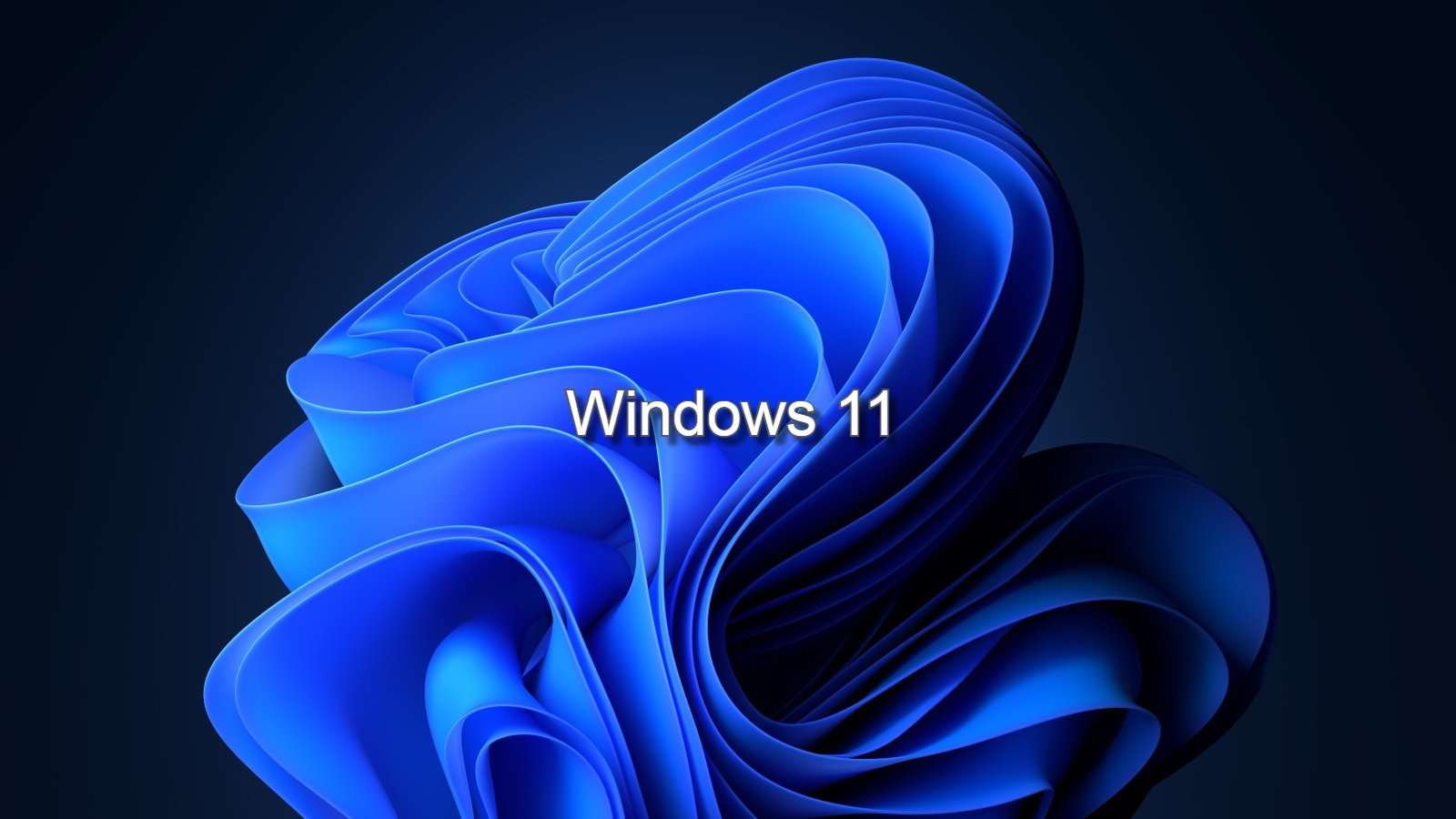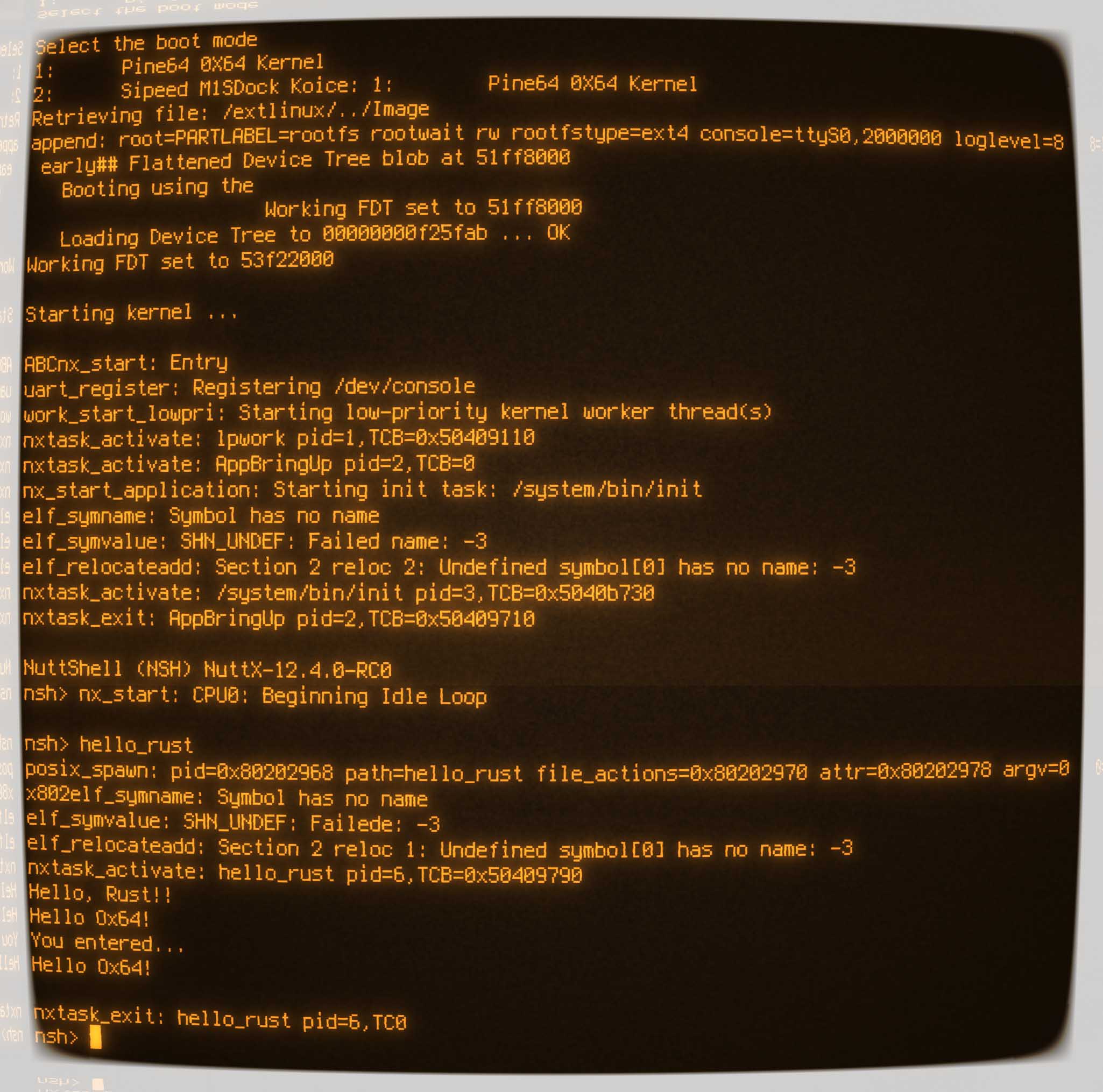
Revoking vulnerable Windows boot managers
If you're worried about the BlackLotus UEFI bootkit vulnerability (CVE-2023-24932) and how it might affect your device's security, you'll be pleased to learn about the measures Microsoft is taking to help keep you safe.
Back in February, we shared steps you can take to prepare to update the Secure Boot trust anchors for Windows, as the existing ones are approaching expiry. With the update to the Secure Boot trust anchor, we can address the threat of all previous, potentially vulnerable Windows boot components by revoking the old trust anchor. To this effect, the April 9 security updates includes a new Secure Boot revocation update. We refer to this update as the "DBX update" in this article.
If you're interested in applying this revocation on systems with the updated trust anchors, this article describes how to do just that. For now, we strongly recommend the steps in this article for testing and validation only.
Secure Boot is a security feature in the Unified Extensible Firmware Interface (UEFI) that helps ensure that only trusted software runs during the system's boot sequence. We recommend the use of Secure Boot to help make a safe and trusted path from UEFI through the Windows kernels' Trusted Boot sequence.

























